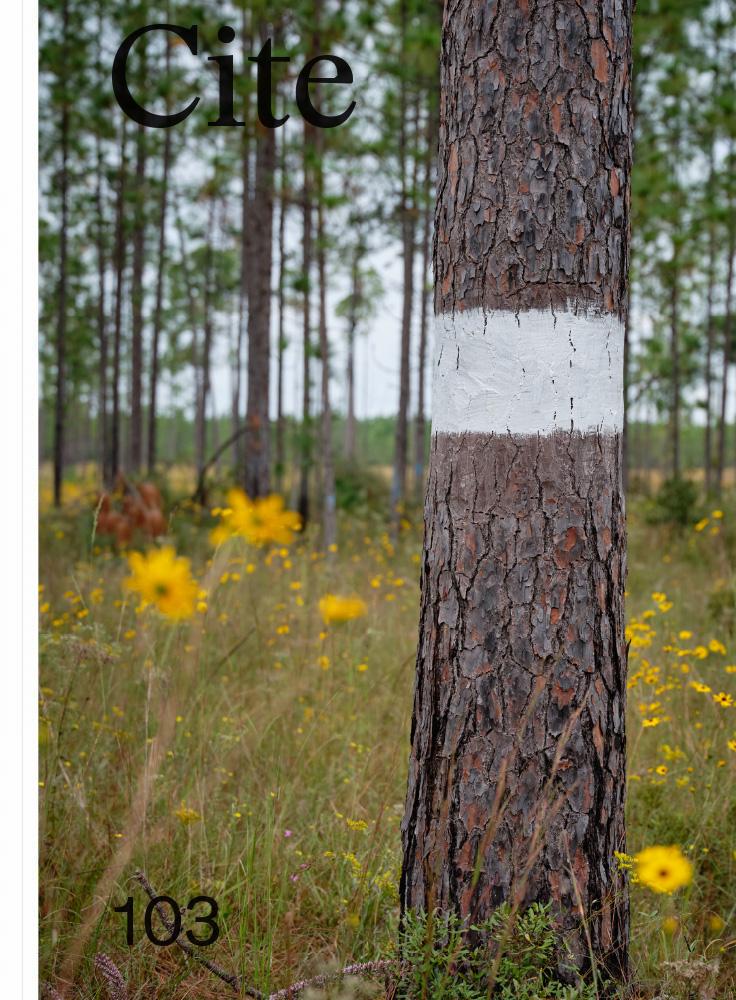Table of Contents
Contributors
Paul Andersen, Iwan Baan, Outspoken Bean, Rafael Beneytez-Duran, Jim Blackburn, Dominic Boyer, Aubrey Calaway, Marie D. De Jesús, Mark Felix, Sean Fleming, Drake Flood, Stephen Fox, Leonid Furmansky, Amarie Gipson, Paul Hester, Igor Marjanović, Adán Medrano, Timothy Morton, Jack Murphy, Maria Nicanor, Michelle Old, Celeste Ponce, Paul Preissner, Rob Rogers, Segregation by Design, Aaron Stottlemyer, James Michael Tate, David Theis, Jesús Vasallo, Allyn West, Lindsey Wikstrom, Tifany Xu, Peter Jay Zwei


